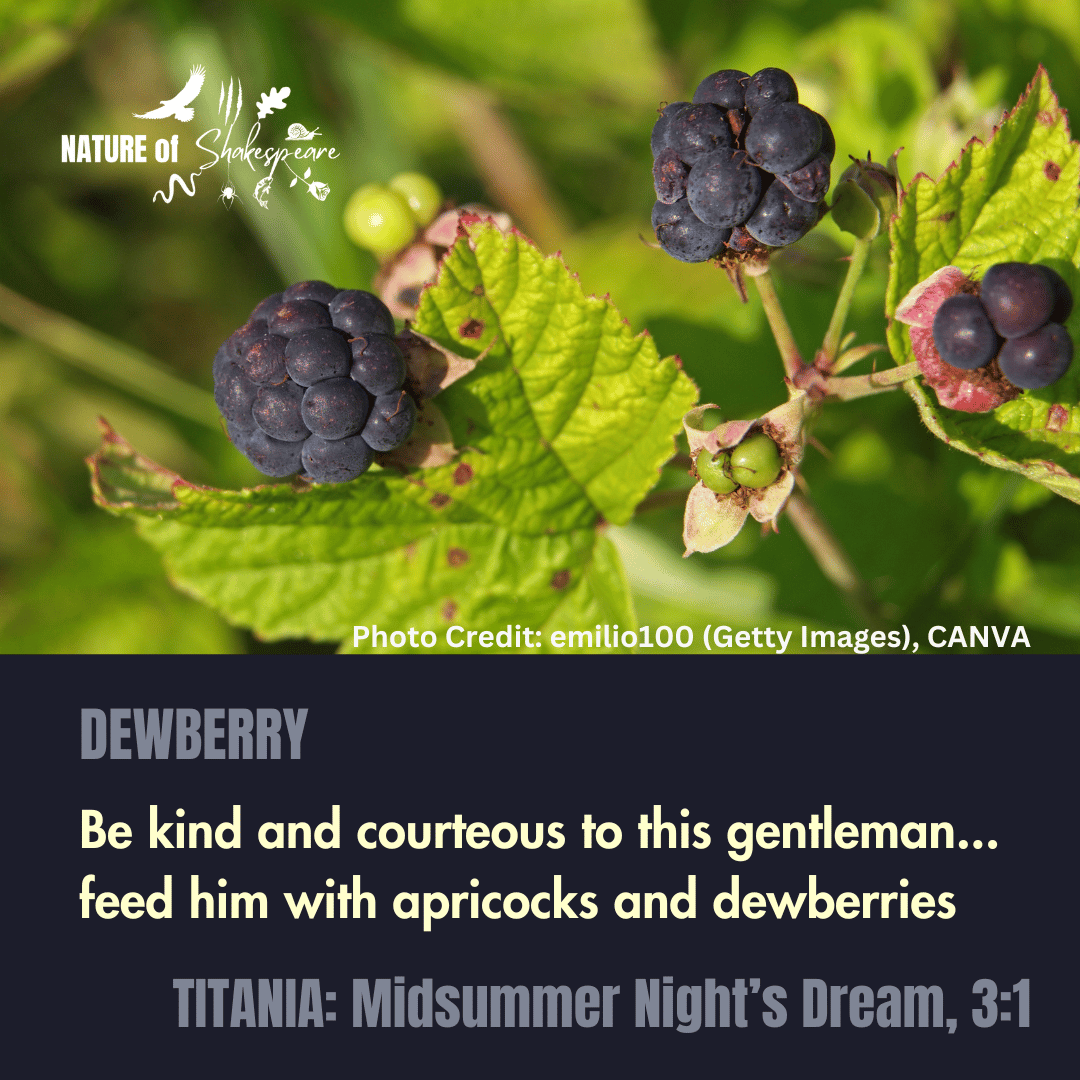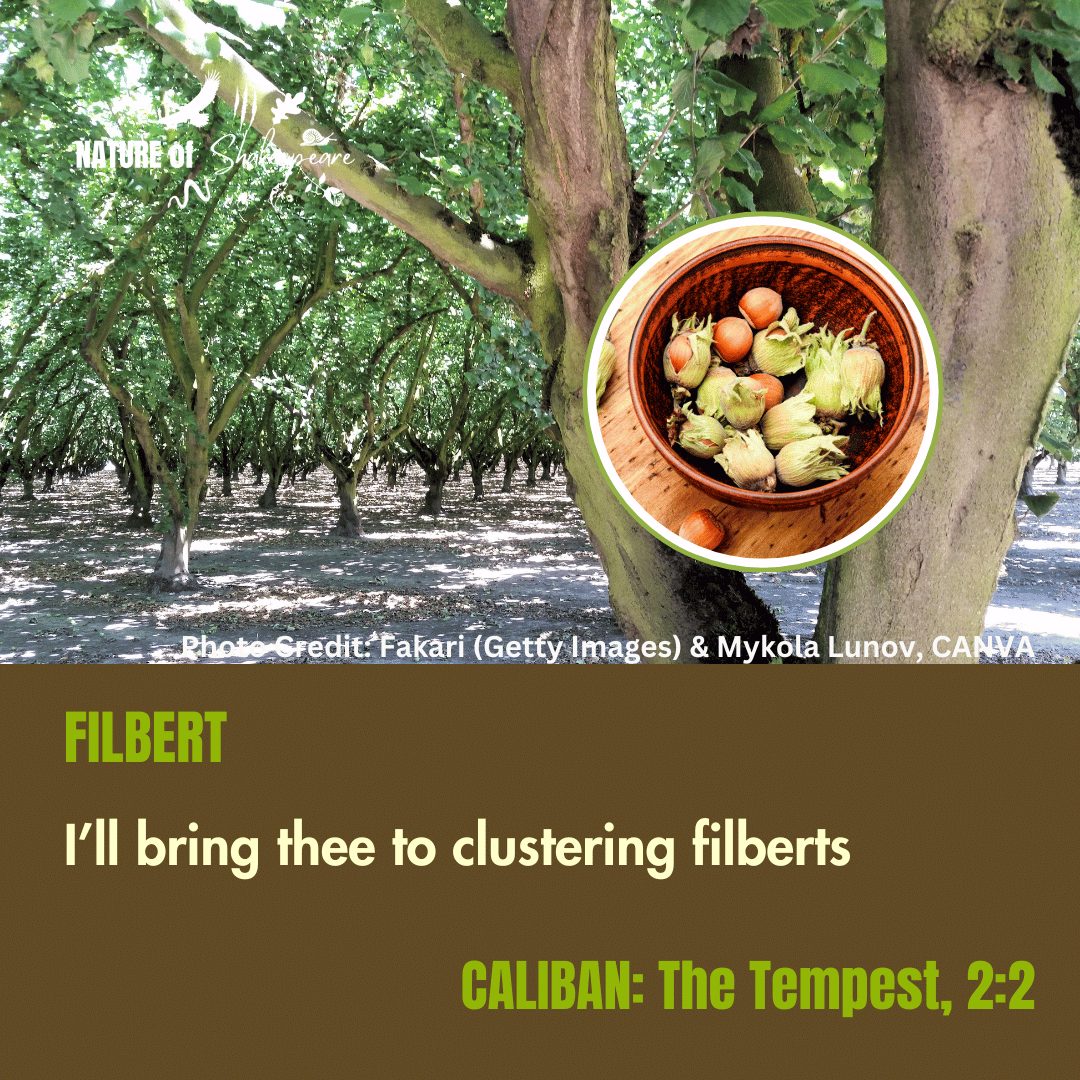


CRAB APPLE
Shakespeare Species Crab Apple: we have some old crab trees here at home that will not be grafted to your relish. Crab apples are used on several occasion to indicate bitterness of spirit.


BLACKBERRY
Shakespeare Species Blackberry: If reasons were as plentiful as blackberries, I would give no man a reason on compulsion. Falstaff uses another nature based image to talk his way out of a tricky corner...

COCKLE
Shakespeare Species Cockle: we nourish ‘gainst our senate the cockle of rebellion, insolence, sedition. Corncockle was formerly so familiar in arable fields that it was a byword for rebellion & disorder, a weed destroying the order & productivity of the crop. Now it is one of the rarest arable plants throughout Europe because of seed cleaning methods.






WHITE WHEAT
Shakespeare Species White Wheat: the foul fiend Flibbertigibbet… mildews the white wheat. White or Bread Wheat sustains millions of people around the world and was fundamental in Shakespearean society.




SAVORY
Shakespeare Species Savory: Here’s flowers for you: hot lavender, mints, savory, marjoram…these are flowers of middle summer and I think they are given to men of middle age. Perdita assigns different plants to the guests at the sheep shearing feast. Savory had medicinal and culinary uses.

POMEGRANATE
Shakespeare Species Pomegranate: You were beaten in Italy for picking a kernel out of a pomegranate. Pomegranates, a fruit grown in southern Europe and the Mediterranean, featured in art & heraldry & often symbolised fruitfulness.


